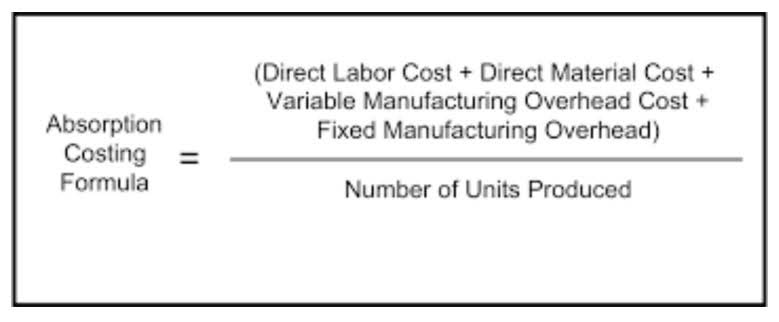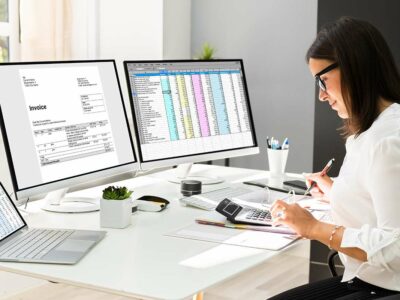
So, whether you’re a retail business owner, a financial manager, or an accountant, this guide is your roadmap to mastering retail accounting. Let’s embark on this journey to financial clarity and retail success. Let’s assume you took a physical inventory count at the beginning of the quarter, and you know the actual cost of your inventory as of that date was $80,000.

Invest in an Accounting Software
- It helps retailers stay aligned with their objectives and adapt to changes quickly.
- Labor refers to any wages to employees which relate to a specific aspect of producing products or delivering services.
- Whether you’re tracking the cost of seasonal displays or bulk-ordering accessories for a busy holiday season, you’ll have data at your fingertips.
- It’s a primary asset and significantly impacts business operations.
- Retailers should define clear, measurable objectives to guide accounting strategies.
- The first in, first out (FIFO) is an inventory costing method that calculates inventory value, considering that the goods you acquired first are the first ones you sell.
Penny’s commitment to excellence and innovation has positioned the firm as a go-to resource for companies seeking to optimize their financial operations. Profitability analysis through cost accounting reveals margin potential. Accounting standards like Generally Accepted Accounting Principles (GAAP) and International Financial Reporting Standards (IFRS) require businesses to assign costs systematically. Common methods include First-In, First-Out (FIFO), Last-In, First-Out (LIFO), and Weighted Average Cost.
- An effective accounting system enhances visibility and control.
- Discover the ins and outs of retail accounting to help you stay on top of your bottom line.
- Simply put, it’s the process of recording, analyzing, and interpreting financial information in a retail business.
- Because you assume prices are the same, retail accounting is easy to calculate and can lower your expenses without needing to close the store for inventory counts or pay staff to do it for you.
- A practical guide for small business owners to create financial buffers, diversify revenue streams, and prepare for economic slowdowns without sacrificing growth.
- When dealing with many products, it’s best to focus on those that make up most of your sales volume.
Make Data-Driven Decisions
That’s why most retail businesses that use the RIM will supplement their estimates with a physical inventory count. Retail accounting is an inventory valuation method that allows retailers to easily calculate the value of their inventory at the end of a financial period. It differs from other inventory valuation methods because it uses estimates. With retail accounting, you don’t need to count inventory or identify exact costs—it uses average sales margins to value inventory and make financial reporting easier. Understanding the differences between bookkeeping inventory and cost of goods sold is vital for managing a successful retail business.
- The LIFO method of cost accounting is the opposite of the FIFO method.
- It also saves time, allowing staff to focus on strategic tasks.
- Two common approaches are retail accounting and cost accounting, and each comes with unique pros, cons, and ideal use cases.
- It also assists in identifying areas where cost savings can be achieved.
- From determining accurate costs of goods sold to strategic pricing and inventory management, cost accounting can be a game-changer.
Everything You Need to Know About How to Set Up Job Costing for Construction

Instead of focusing on actual production output, it defines costs along the individual product line. This type of cost accounting doesn’t often allocate overhead costs as it focuses on what it takes to make a single product, not the costs of running the business day to day. Both retail accounting and cost accounting are closing inventory valuation methods. However, retail accounting estimates the value of closing inventory based on the assumption that the business has a consistent sales margin. Cost accounting relies on the actual historical costs of the closing inventory items.
Retail Accounting Method
This data drives business decisions, including product and category management, assortment planning, demand forecasting, price optimization and promotions. Sales, profitability and inventory are key financial measures impacted by the accounting method used to determine merchandise cost. In retail, there are two weighted average cost methods used, the retail method and the cost method. This article summarizes and compares these two accounting methods. The retail method of accounting groups like items into categories to establish a mark-up percent that is then used to determine the cost of goods sold and the value of inventory. Moreover, because the retail method is an estimation , it’s not always the adjusting entries most accurate accounting method.
- Let’s say your retail business sells yarn and knitting accessories.
- For tax purposes, you want to use the inventory costing method which will give you the most accurate inventory valuation.
- It enables retailers to adjust purchasing and avoid overstock or stockouts.
- Following established accounting policies is essential for any retail business.
- Historical cost refers to the original purchase price of a specific item.
Retails gets an estimation of its inventory value without assessing the inventory physically in this method. Inventory bookkeeping helps reflect the real-time value of your stock. On the other hand, COGS represents the value of goods you retail accounting vs cost accounting have sold already. So, now the question is what method you should follow in your accounting practices. To get your answer, we have to understand cost accounting and retail accounting slightly in detail.

Example: A Clothing Store

In this guide, we’ll break down what retail accounting is, how it works, and how to ensure your system works for you–not against you. See how Shopify POS reduces retail operating costs and increases revenue better than the competition, based on real data and research conducted by an independent consulting firm. Then, you decided to buy Accounts Receivable Outsourcing 100 more water bottles which cost you $12 each, totaling up to $1,200. For example, your business buys water bottles for $10 each and sells them for $25.
